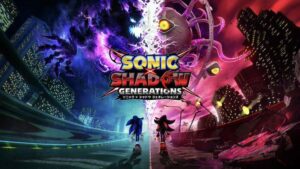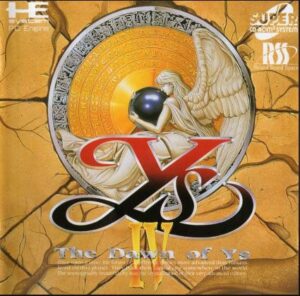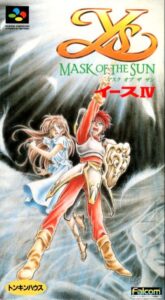Remakes can be quite an enigma. When done well they can be viewed as a worthy follow up to the original they’re paying homage to. But when not done well they can be viewed as unoriginal or as an easy money-maker for studios since they are usually connected to a profitable franchise. Today’s film strangely falls somewhere in the middle of those two extremes. Today we’re taking a look at A Nightmare on Elm Street (2010) …

Given that Wes Craven’s A Nightmare on Elm Street was a pivotal film in the history of the horror genre it was no surprise when New Line Cinema sought to remake the film for modern audiences. However, Wes Craven himself was not involved in any way with this remake. The film instead was written and directed by Wesley Strick and Samuel Brayer respectively, and co-produced by New Line Cinema, Platinum Dunes, and Michael Bay. The score was produced by Steve Jablonsky, and the film stars Jackie Earle Haley, Kyle Gallner, Rooney Mara, and Clancy Brown. As this film is a remake of the 1984 original it once again focuses on Freddy Krueger targeting teenagers living on Elm Street in their dreams as revenge for being burned alive for his crimes by the parents of these Elm Street kids.

While this film may be a remake of the 1984 film it doesn’t exactly follow the same path in terms of the script. There is some overlap in both characters and events, but the remake takes a different approach. Freddy’s backstory of being burned alive was a plot point that wasn’t focused on in the original film. But here the mystery behind Freddy as well as his ultimate fate and motivations are a driving force of the remake and comprise much of the film’s runtime. But on the topic of Freddy’s backstory there is a correction from my previous review that I thought I’d set straight now. In my review of the original A Nightmare on Elm Street I mentioned that Freddy was a pedophilic serial killer. The pedophile aspect of Freddy was a concept that Craven had during development of the original but ultimately cut due to criminal cases of that nature occurring in California at the time of production. This element of Freddy would be worked back in later in the series. But in the remake this aspect is worked in right from the start.
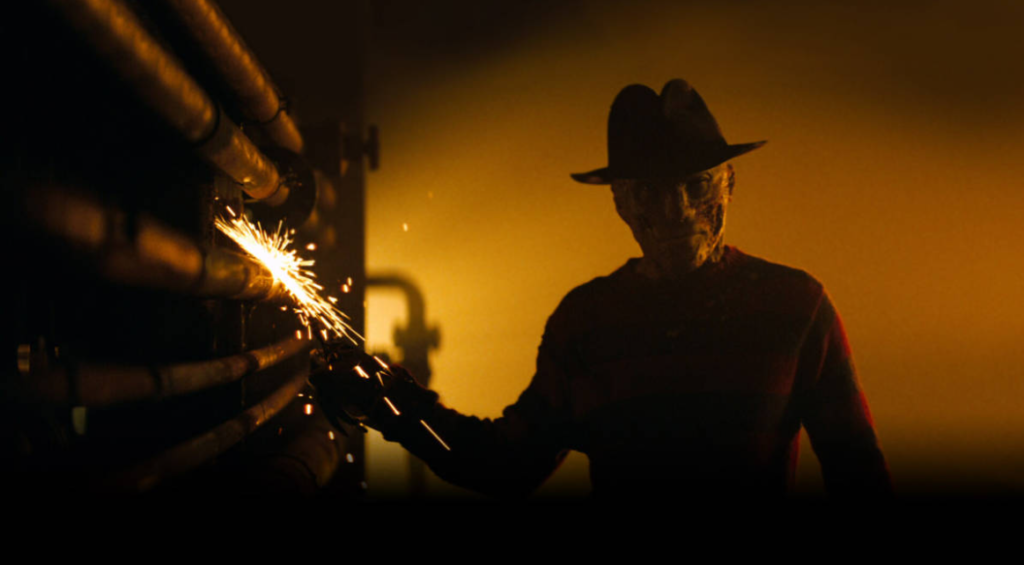
Expanding on this idea for the plot of this film had some drawbacks. There were certain questions that Freddy’s actions raised in the original film regarding his death and perceived revenge on the kids. Having expanded on this idea makes these questions even more prevalent and raises questions and exposes plot holes galore. The one that sticks with me though is why Freddy only attempts to strike back at the kids of those who burned him alive and not the adults still alive who actually did the deed. This was a question that existed in the original film but expanding on the motivation of Freddy makes it all the more baffling as to why the kids are his only targets.
Having talked about the story for long enough, let us now move on to other aspects of the film. The original Elm Street film left quite a mark on the horror genre for several reasons. A key reason being how masterfully it blurred the lines between reality and dreams. And the remake mostly abides by the same rules. However, it’s ruined by an over reliance on jump scares and harsh awkward cuts. The original film pushed the envelope in several ways, but the remake uses jump scares as a source of cheap scares. The film itself does have distinctly brutal visuals and I will praise it for that, but the over reliance on obvious jump scares weakens the film whilst also dragging out scenes just for the sake of a jump scare.
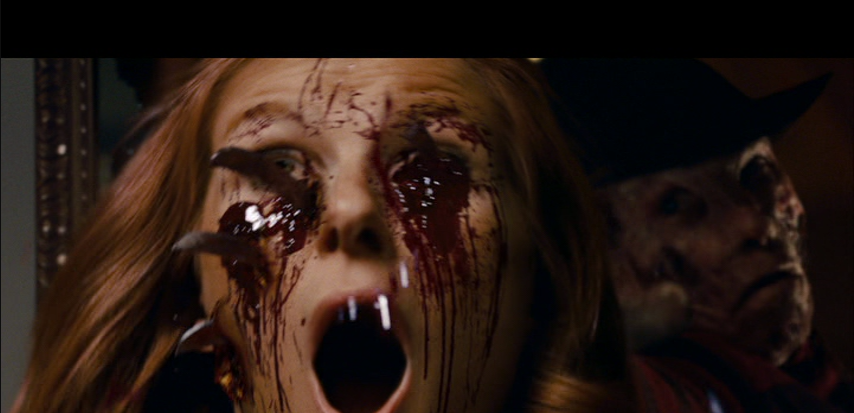
When it comes to Freddy himself, I find Haley’s performance as Freddy to be in some ways creepier than Englund’s portrayal. This film wanted to harken back to Freddy’s darker roots, the problem though is that Freddy is still quite the chatterbox. The amount he talks is still comparable with the more comedic Elm Street films. In this film Freddy starts out as very menacing but given that he constantly talks throughout the film as opposed to killing the kids right away really detracts from the fear factor.
A Nightmare on Elm Street (2010) grossed a franchise record of $117 million worldwide during its theatrical run against a budget of $35 million. The film itself received mostly negative reviews from both critics and fans declaring it the worst of the Elm Street films. As for myself, I do find this remake inferior to the original film, but it does do certain things very well. Since the negative response was so overwhelming this film will be the last in the franchise despite turning a nice profit.
As far as a remake of one of the most influential horror films ever made, this one could have been a lot better. That being said there was a clear vision and care taken to not produce the original over again. There are a handful of shots that pay direct homage to the original. The remake is a weaker film, but there is still value in it. The whole point of a remake is to see a classic tale from a different artistic perspective. And while this film does accomplish that goal it still leaves a lot to be desired. It doesn’t tread any new ground, especially considering that the original left quite an impact on the horror genre. In comparison the remake’s impact on the genre is rather shallow. I can’t in good faith recommend this film when there are much better choices in the Elm Street franchise, let alone the genre. Your time would be better spent watching something else.


